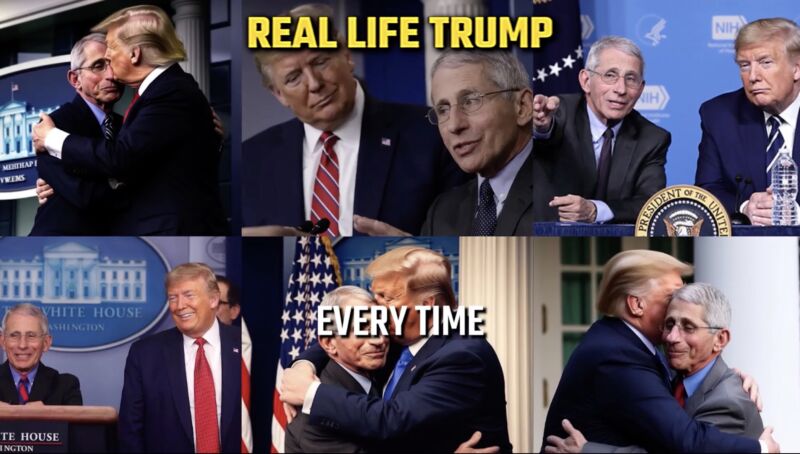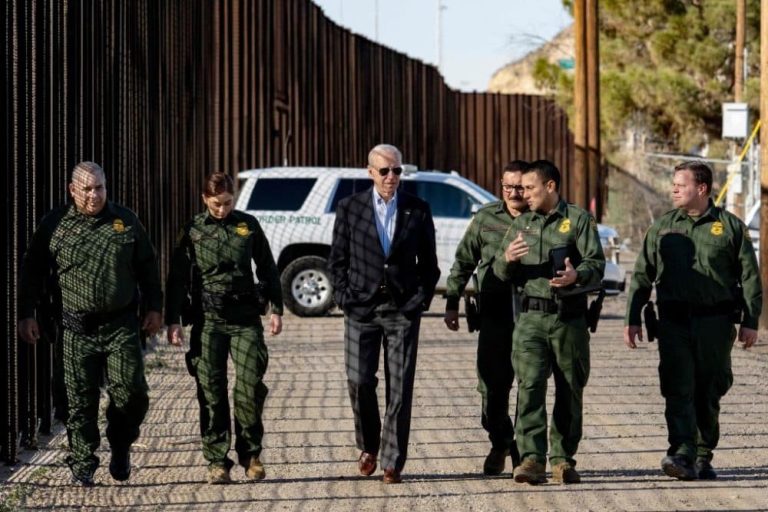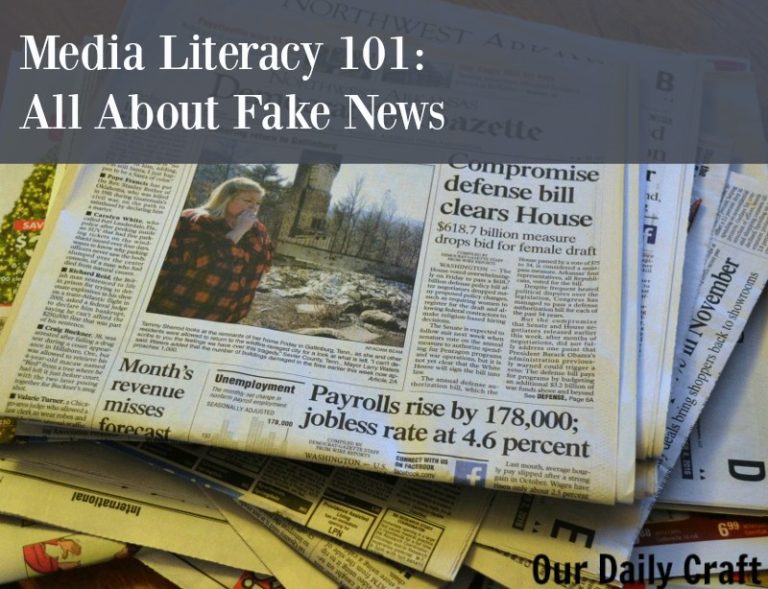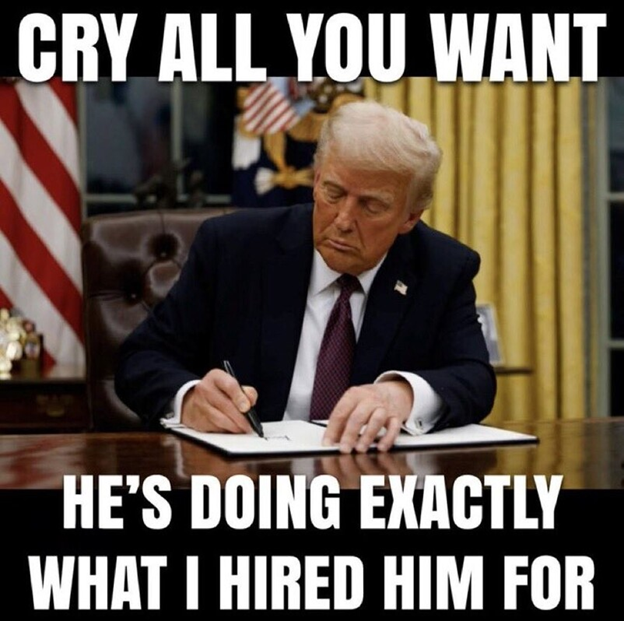

Expose: The Deep State’s War on President Trump – Unraveling the Allegations
The narrative surrounding the presidency of Donald Trump is rife with claims of a “Deep State” actively working against him. This article delves into the allegations, examining the evidence presented, the counterarguments, and the broader context within which these claims emerged. We aim to provide a comprehensive overview, avoiding partisan rhetoric and focusing on factual analysis wherever possible. The term “Deep State,” itself nebulous, generally refers to a shadowy network of unelected officials within the government bureaucracy allegedly manipulating policy outside of democratic processes.
I. The Core Allegations:
The central argument of the “Deep State” narrative revolves around the idea that a cabal of individuals within intelligence agencies, the Justice Department, and other governmental bodies actively sought to undermine Trump’s presidency from its inception. Specific accusations often center on:
-
The Russia Investigation: The investigation into Russian interference in the 2016 election, led by Special Counsel Robert Mueller, is frequently cited as evidence of a Deep State operation targeting Trump. Critics argue the investigation was politically motivated and lacked sufficient evidence to justify its scope. Supporters, however, contend the investigation uncovered serious concerns about Russian interference and potential collusion.
-
The Impeachment Inquiries: Trump faced two impeachment inquiries during his presidency. Supporters framed these as politically motivated attacks orchestrated by the Deep State to remove him from office. Opponents argued the inquiries were legitimate responses to credible allegations of wrongdoing.
-
Leaks and Media Coverage: The constant flow of information leaks to the media during Trump’s presidency fueled accusations of a coordinated effort to discredit the administration. Critics claim these leaks were deliberately orchestrated by Deep State actors to undermine public trust. Proponents argue leaks are an essential part of a free press holding the government accountable.
II. Evidence and Counterarguments:
Examining the evidence requires a nuanced approach, acknowledging the limitations of publicly available information and the inherent biases present on all sides.
| Allegation Category | Evidence Presented (Pro-Deep State Narrative) | Counterarguments |
|---|---|---|
| Russia Investigation | Alleged bias within the FBI and intelligence community; unsubstantiated claims of political motivation. | The Mueller report detailed extensive Russian interference; the investigation followed established legal processes. |
| Impeachment Inquiries | Alleged lack of sufficient evidence; claims of partisan motivations. | House committees presented evidence and testimony supporting articles of impeachment; Senate trials followed established constitutional procedures. |
| Leaks to the Media | Patterns of leaks seemingly damaging to the Trump administration; claims of coordinated efforts to undermine policy. | Leaks are a common occurrence in Washington; the sources of many leaks remain unidentified. |
III. The Broader Context:
Understanding the “Deep State” allegations requires considering the broader political landscape. Trump’s presidency was characterized by significant polarization, heightened distrust of institutions, and a combative relationship with the media and the intelligence community. These factors contributed to the fertile ground in which these claims could flourish.
IV. Conclusion:
The allegations of a “Deep State” war on President Trump remain highly contested. While there is evidence to suggest internal disagreements and differing perspectives within government agencies, the existence of a coordinated, conspiratorial effort to undermine his presidency remains unsubstantiated. A thorough understanding requires a critical evaluation of all available evidence, a recognition of the limitations of that evidence, and a contextual awareness of the political environment during that period. Ultimately, the definitive answer remains elusive, subject to ongoing debate and interpretation. Further investigation and analysis are needed to fully illuminate the complexities of this issue.
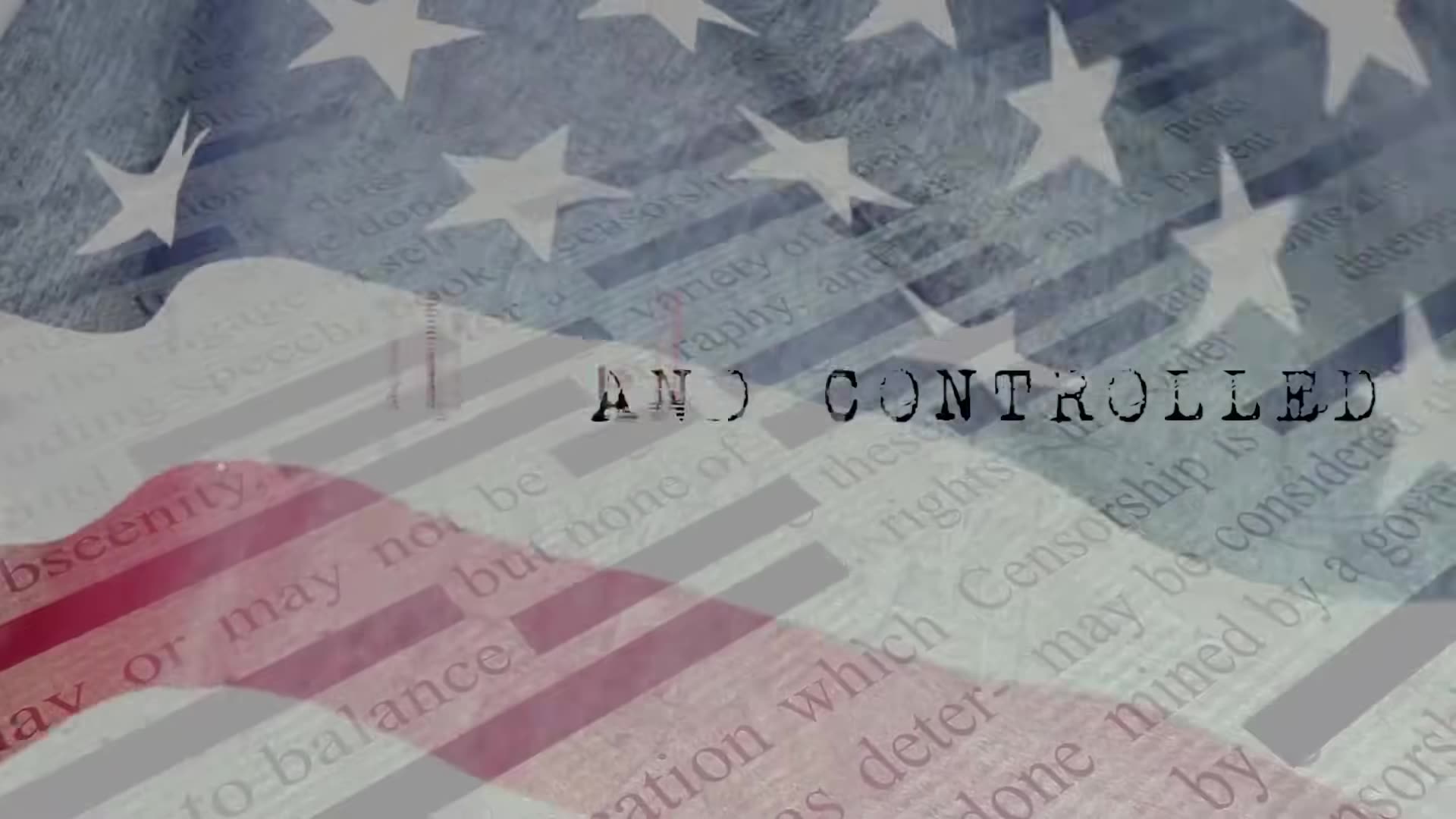
Additional Information
Expose: The Deep State’s War on President Trump – A Deeper Dive
The assertion of a “deep state” war against President Trump, as presented in various publications and commentaries, requires a nuanced and analytical approach. While the term itself is loaded and susceptible to misinterpretation, the underlying claim – that elements within the government bureaucracy actively worked to undermine or obstruct the Trump administration – warrants serious examination. A simplistic “deep state” narrative risks overlooking the complex interplay of political motivations, bureaucratic inertia, and genuine policy disagreements.
Instead of accepting the narrative at face value, a more productive analysis focuses on specific alleged instances of opposition and assesses the evidence supporting them. This necessitates moving beyond generalized accusations and examining concrete events:
1. The Russia Investigation: The investigation into Russian interference in the 2016 election, led by Special Counsel Robert Mueller, stands as a central example cited by proponents of the “deep state” theory. Critics argue the investigation was politically motivated, a “witch hunt” designed to delegitimize Trump’s presidency. However, the Mueller report, while finding insufficient evidence to establish a criminal conspiracy between the Trump campaign and Russia, did detail numerous contacts and potential attempts at Russian influence. Analyzing the report’s findings, including the indictments and convictions of several Trump associates, provides a more nuanced understanding than a simple “deep state” label allows. The investigation’s timeline, its reliance on intelligence sources and methods, and the subsequent partisan reactions should be critically examined to avoid confirmation bias.
2. The Impeachment Inquiries: The two impeachment inquiries against President Trump offer another focal point. Analyzing the evidence presented in each instance – the Ukraine affair and the January 6th Capitol attack – is crucial. While supporters of the “deep state” narrative often frame these inquiries as purely partisan attacks, examining the specific allegations, the testimonies presented, and the legal arguments made allows for a more objective assessment. Focusing on the procedural aspects, the composition of the investigating bodies, and the differing interpretations of constitutional authority contributes to a richer understanding than simplistic assertions of a coordinated “deep state” plot.
3. Leaks and Whistleblowers: The numerous leaks of classified information and the role of whistleblowers during the Trump administration are frequently presented as evidence of a concerted effort to undermine the president. Analyzing the motivations of those involved – whether driven by genuine concerns about national security, political opposition, or personal vendettas – is key. Examining the methods used to leak information, the handling of classified material, and the subsequent investigations adds depth to this aspect of the narrative. Simply labeling all leaks as evidence of a “deep state” ignores the potential for legitimate dissent and oversight within a government structure.
4. Bureaucratic Resistance: The claim that career civil servants actively resisted Trump’s policies is often intertwined with the “deep state” argument. This resistance can stem from various sources: deep-seated ideological disagreements, concerns about policy effectiveness, or simply bureaucratic inertia resisting change. Quantifying the extent of this resistance, examining specific examples (e.g., resistance to changes in environmental regulations or immigration policy), and assessing the legal and ethical dimensions of such actions is crucial for a balanced analysis. Case studies of specific agencies and their responses to Trump administration directives would provide valuable insights.
Conclusion:
The “deep state” narrative, while captivating, requires careful dissection. Instead of accepting or rejecting it wholesale, a more fruitful approach involves investigating specific instances of alleged opposition, evaluating the available evidence, and analyzing the complex interplay of political actors and bureaucratic processes. This requires moving beyond simplistic labels and embracing rigorous analysis of historical events, legal proceedings, and political motivations. Only through such a detailed and nuanced approach can we form a truly informed understanding of the dynamics within the Trump administration and the challenges it faced. Furthermore, comparing the alleged “deep state” resistance to the actions of the bureaucracy under previous administrations offers a valuable comparative perspective. This comparative analysis can help distinguish between routine bureaucratic resistance to policy changes and extraordinary attempts to undermine an elected president.
